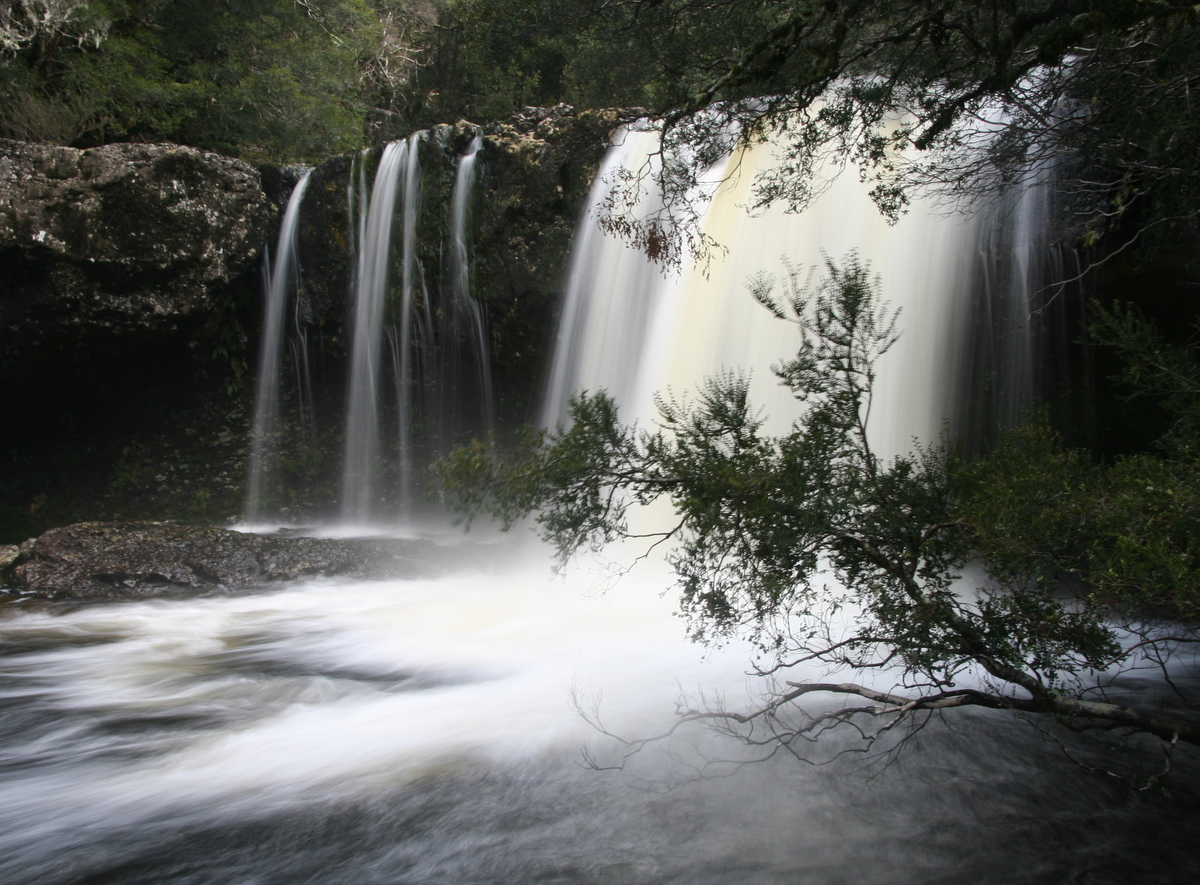 |
| - What? |
Yowie is the Australian "version" of Bigfoot. Or is he? Kind-of-skeptic Darren Naish reviews a book arguing that the Yowie is - wait for it - a hominoid-looking marsupial?! But sure, that *would* be logical (or "logical") since all large native mammals down under are marsupials. No (non-human) apes ever lived in Australia.
My impression of the Yowie phenomenon is similar to Naish´s. And I base it on exactly one episode of "Finding Bigfoot"! Yowie reports tend to be far more crazy than the average Bigfoot report, the creature is said to be dangerous, attacks humans and livestock and so on. Judging from the second link (an old article by the very same Naish), Yowie reports are also weird and inconsistent. While the creature is often seen as Bigfoot-like, a closer look at the reports make this aspect much less obvious. Reports range from creatures which probably were misidentified humans to beings which may well be deviant marsupials.
It´s probably some kind of ghost story. In the "Finding Bigfoot" episode (reviewed by me elsewhere), there was a clear paranormal streak involved, with the Yowies even "speaking" in some unknown tongue. If the ghost are real is, I suppose, the 10,000 dollar question...









